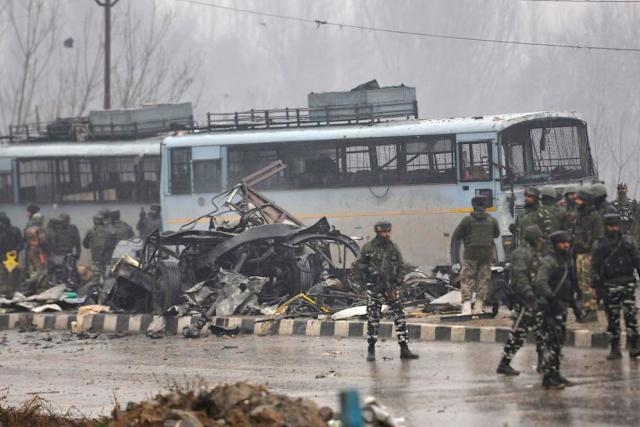Introduction
The ongoing India-Pakistan crisis has once again placed South Asia on edge. With both nations being nuclear powers and sharing a history of tense relations, the stakes are always high. However, history shows that despite repeated flare-ups, both countries have managed to step back from the brink through diplomacy, backchannel talks, and international pressure. Here are the top 5 moments of de-escalation that prevented full-scale conflict between India and Pakistan.

1. Kargil War Ceasefire (1999)
After Pakistani troops and militants occupied positions in Kargil, India launched a massive military campaign. The conflict nearly escalated into a broader war, but international pressure—especially from the United States—played a pivotal role. Then-Prime Minister Nawaz Sharif flew to Washington for talks with President Bill Clinton, resulting in a Pakistani withdrawal and a de-escalation of hostilities.
2. Operation Parakram Standoff (2001-2002)
Following the Parliament attack in 2001, India deployed half a million troops along the border in Operation Parakram. For nearly a year, the two nations stood on the brink of war. Diplomatic engagement, including pressure from the U.S., U.K., and Russia, helped both sides de-escalate the situation without crossing into open conflict.
3. Post-Mumbai Attack Diplomacy (2008-2009)
The 26/11 Mumbai terror attacks severely strained bilateral ties. Despite India’s outrage and global condemnation of Pakistan-based terrorists, New Delhi chose diplomatic restraint over military retaliation. This led to a temporary freeze but eventually allowed for a cautious re-engagement.
4. Pulwama-Balakot Airstrike Response (2019)
After a suicide bombing killed 40 Indian soldiers in Pulwama, India responded with airstrikes in Balakot. Pakistan retaliated with its own air raid. The crisis risked spiraling into a broader conflict, but international actors, including the U.S. and UAE, intervened. The return of captured Indian pilot Abhinandan Varthaman by Pakistan signaled a diplomatic off-ramp.
5. 2021 LoC Ceasefire Agreement
In a surprising development, both sides agreed to re-implement the 2003 ceasefire agreement at the Line of Control (LoC). This de-escalation came through quiet backchannel diplomacy between military and intelligence officials, indicating a shift towards managing tensions more constructively.
Conclusion
While tensions between India and Pakistan remain a persistent feature of South Asian geopolitics, history shows that both sides have mechanisms—formal and informal—to avoid all-out war. Whether through diplomacy, backchannel negotiations, or third-party mediation, these examples offer hope that even in today’s fraught environment, de-escalation is still possible.
Want to learn more about water diplomacy between India and Pakistan? Read our analysis on the Indus Waters Treaty and its resilience amid regional tensions.








